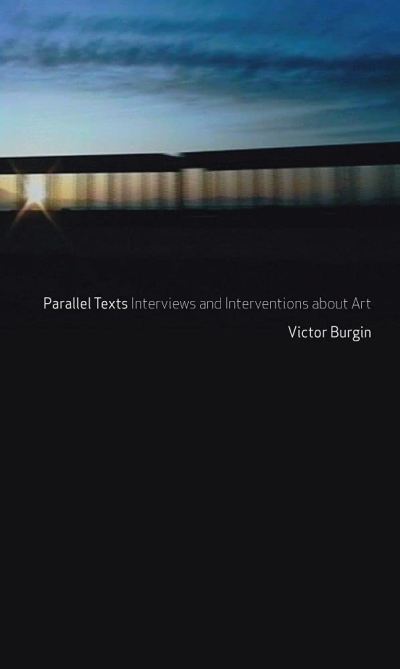
The First Pop Age
The First Pop Age:
Painting and Subjectivity in the Art of Hamilton, Lichtenstein, Warhol, Richter, and Ruscha
Who branded painting in the Pop age more brazenly than Richard Hamilton, Roy Lichtenstein, Andy Warhol, Gerhard Richter, and Ed Ruscha? And who probed the Pop revolution in image and identity more intensely than they? In The First Pop Age, leading critic and historian Hal Foster presents an exciting new interpretation of Pop art through the work of these Pop Five.
Beautifully illustrated in color throughout, the book reveals how these seminal artists hold on to old forms of art while drawing on new subjects of media; how they strike an ambiguous attitude toward both high art and mass culture; and how they suggest that a heightened confusion between images and people is definitive of Pop culture at large.
As The First Pop Age looks back to the early years of Pop art, it also raises important questions about the present: What has changed in the look of screened and scanned images today? Is our media environment qualitatively different from that described by Warhol and company? Have we moved beyond the Pop age, or do we live in its aftermath?
A masterful account of one of the most important periods of twentieth-century art, this is a book that also sheds new light on our complex relationship to images today.
Endorsements:
"The First Pop Age is a remarkable book: it offers a series of trenchant models for understanding how five key Pop artists remade the modern picture and, in doing so, took on some of the most crucial issues of our time--mass media, consumer culture, trauma, and selfhood--as well as the possibilities of painting itself."--Leah Dickerman, Museum of Modern Art
"Pursuing brilliant close readings of art with a light theoretical touch, Foster shows how five artists at once relished and questioned the fundamental changes in ourselves and our images that defined the 1950s and 1960s. No one has thought Pop better."--Harry Cooper, National Gallery of Art
"Foster probes Pop's core obsessions: sex and death, celebrity and anonymity, fetishism and indifference, the machine and the body. Exploring the subjective dynamics of a supposedly antisubjective art, and the political implications of a putatively apolitical art, The First Pop Age offers a fresh account of 'distressed' masculinity in Cold War culture."--Mignon Nixon, Courtauld Institute of Art
"This is a deeply insightful, elegantly written, original, and important book that pushes beyond accepted pieties about Pop art and provides a refreshing new take on it. Seen through Hal Foster's lens, the paintings and writings of Hamilton, Lichtenstein, Warhol, Richter, and Ruscha constitute remarkably astute engagements with pop culture at the very moment of its full emergence."--Michael Leja, University of Pennsylvania
"With visual and analytical acuity, Hal Foster offers a view of Pop art that is both genuinely new and generously open to further development. Engagingly written, with a keen sense of the shifting stakes of Pop across different contexts and careers, Foster's book is sure to become a standard reference for specialists and general readers alike."--Graham Bader, Rice University
































































































